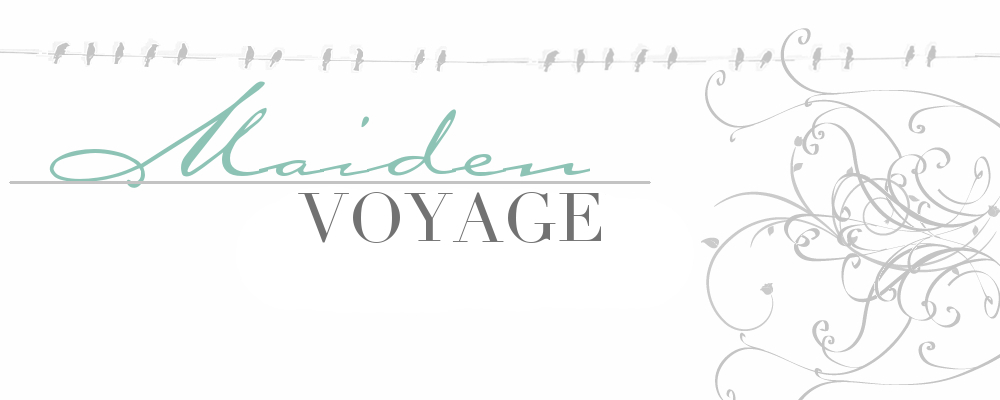Ephesus was one of my favorite places we visited. Because the city was abandoned instead of attacked, the building are in very good shape for being 2,000 years old. You get a small feel of how large the city was and can walk down the streets and see buildings on either side of you. Most of the roads haven't changed, they're still marble and perfectly smooth due to thousands of footsteps.
Tuesday, December 24, 2013
Tuesday, November 5, 2013
Philipi
Our first stop on the boat was the Port of Kavala which is just 1/2 hour from Philipi.
Tradition says that this is the jail cell where the apostle Paul was held, and where the account of the Philippian jailor occured.
Lydia was the first European convert recorded in the New Testament and this is where she was believed to have been baptized.
After our visit in Philipi we came back to the port town and explored.
Octopus fishing
Wednesday, October 16, 2013
day 3
Saturday was our first full day of the tour. We saw the Blue Mosque, Hagia Sophia, hippodrome, and the cisterns.
Our first stop was the Blue Mosque which is a mosque still in use today. It is right next to the Hagia Sophia and the prettiest mosque that I saw.
Sarah Beth and Emily did a great job of blending into the crowd and not looking like tourists.
The majestic Blue Mosque.
Excited for the Hagia Sophia
For thousands of years now the Hagia Sophia has been the last fortress when various armies attacked. After these numerous attacks the building has started to show wear and tear. I avoided it by the angles from which I took pictures, but the whole left hand side of the church is full of scaffolding where they are attempting to refurbish the old building.
Interestingly enough the Hagia Sophia was first built as a church before the muslims took it over. Thus, the famous turrets of muslim churches were originally part of the Christian church.
This was a church built by Constantine nearly 2,000 years ago. Constantine's rule allowed Christianity to flourish in Istanbul and helped grow the number of Christians who continued to spread the gospel around the world. Istanbul was the preserver of the gospel during that time.
In the afternoon we went to the Topkapi Palace right behind the Hagia Sophia. It is now a museum but most of the exhibits didn't allow photographs. I did see what the muslims believe to be King David's sword, the staff of Moses, and the arm of John the Baptist. Now these probably aren't true but they were fun to see..jpg)
.jpg)
Our next stop was the underground cisterns. For 1000's of years the people of Istanbul would store their water here.
One of the reason the cisterns are so famous is because of the infamous Medusa's heads. Apparently the builders did not see any significance in this because they are just used as the base of 2 of the columns and aren't even right side up.
Then we went back to the Blue Mosque and this time we went inside--and I'm very glad we did because it was stunning.
Unlike most old, large churches you visit, mosques did not have any paintings of people.
Hagia Sophia
This concluded our stay in Istanbul and that night we set sail on our yacht, The Windstar, which would carry us to our following destinations.
Subscribe to:
Posts (Atom)

.jpg)
.jpg)
.jpg)
.jpg)
.jpg)
.jpg)
.jpg)
.jpg)
.jpg)
.jpg)
.jpg)
.jpg)
.jpg)
.jpg)
.jpg)
.jpg)
.jpg)
.jpg)
.jpg)
.jpg)
.jpg)
.jpg)
.jpg)
.jpg)
.jpg)
.jpg)
.jpg)
.jpg)
.jpg)
.jpg)
.jpg)
.jpg)
.jpg)
.jpg)
.jpg)
.jpg)
.jpg)
.jpg)
.jpg)
.jpg)
.jpg)
.jpg)
.jpg)
.jpg)
.jpg)
.jpg)
.jpg)
.jpg)
.jpg)
.jpg)
.jpg)
.jpg)
.jpg)
.jpg)
.jpg)
.jpg)
.jpg)
.jpg)
.jpg)
.jpg)
.jpg)
.jpg)
.jpg)
.jpg)
.jpg)
.jpg)
.jpg)

